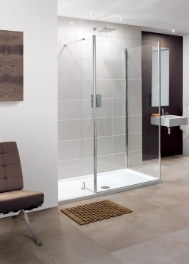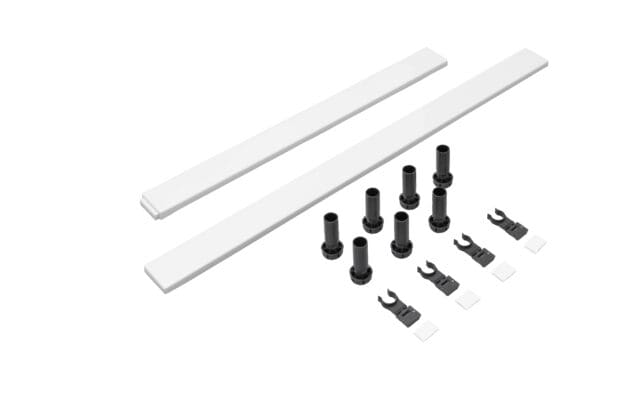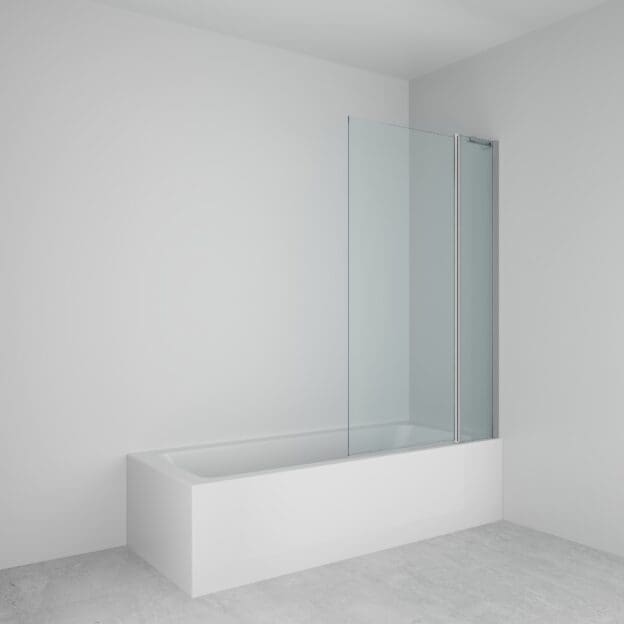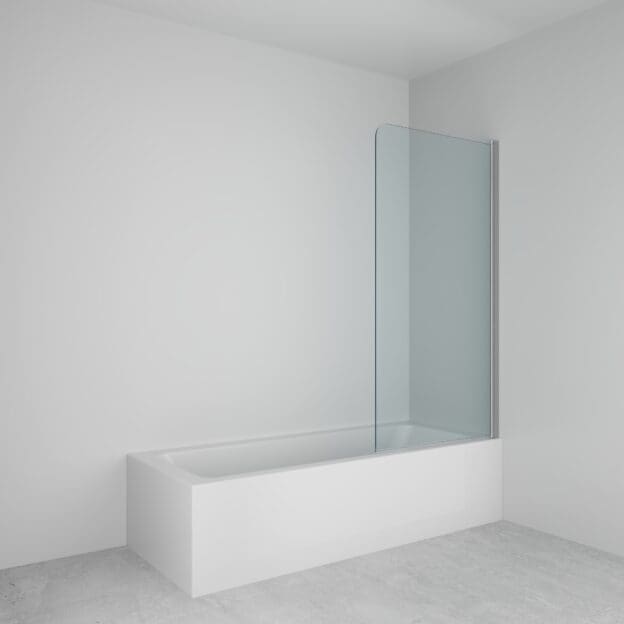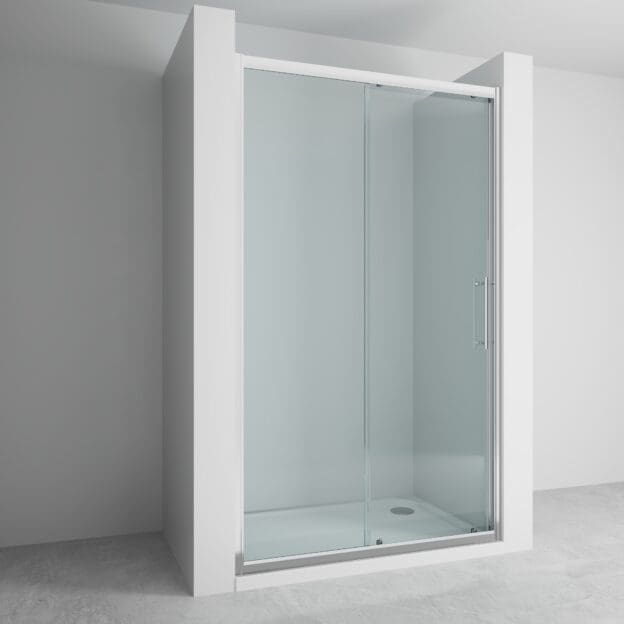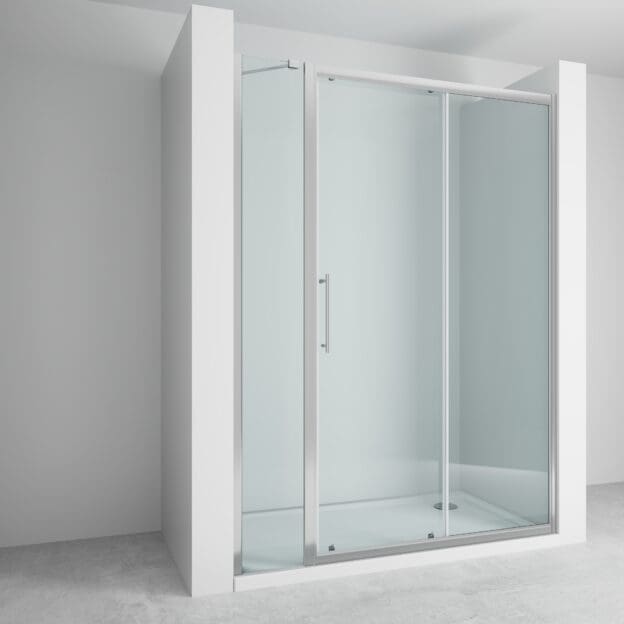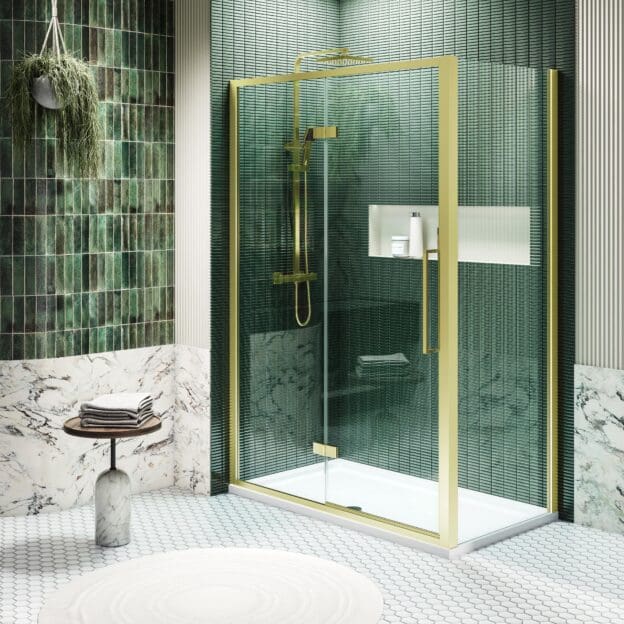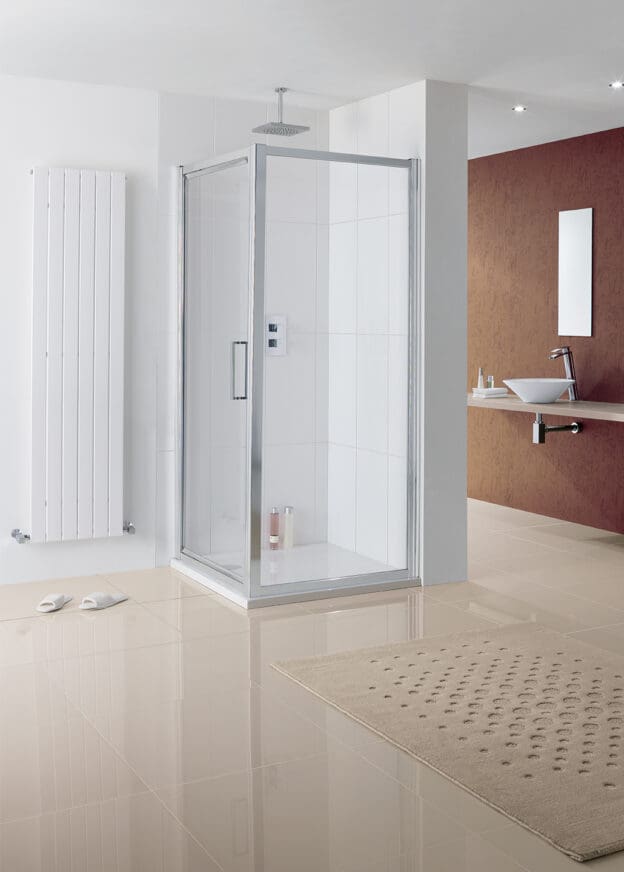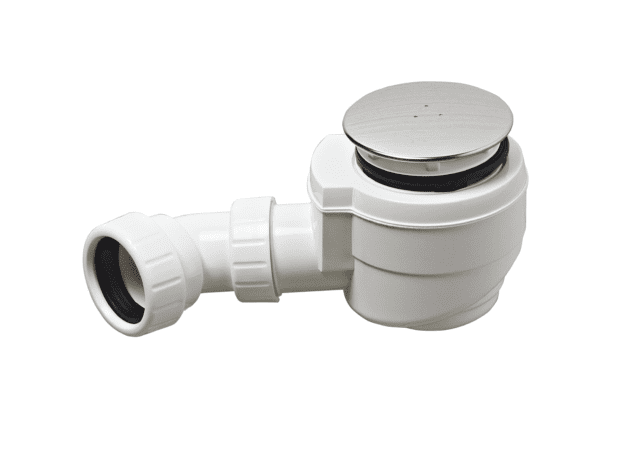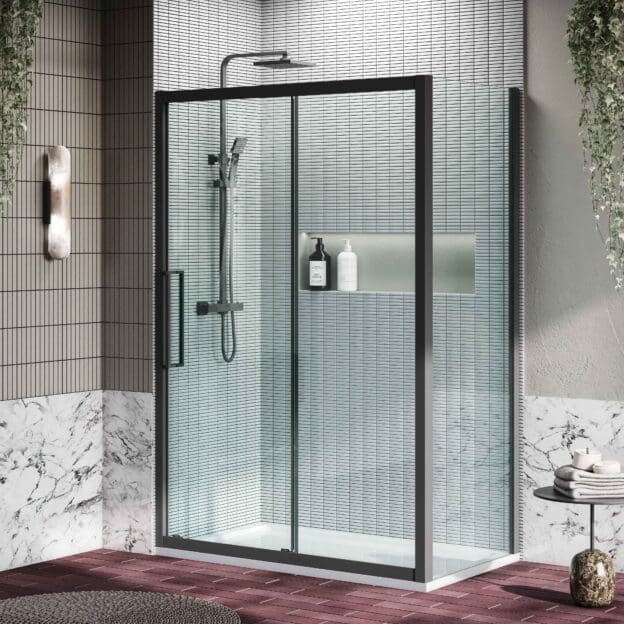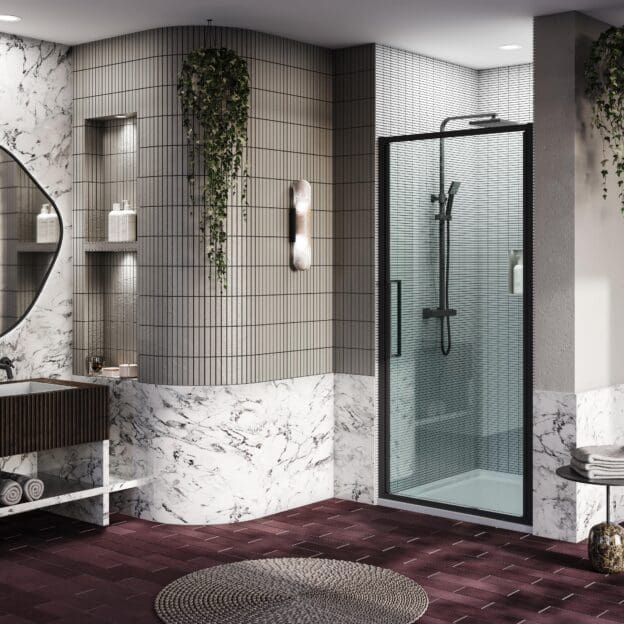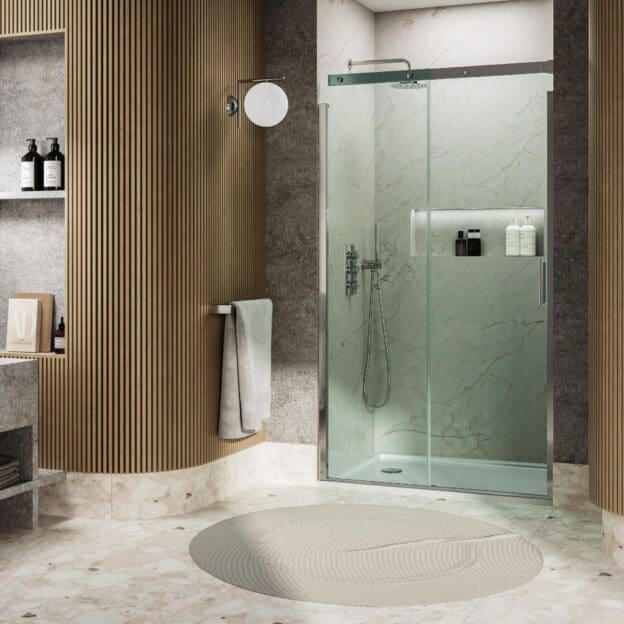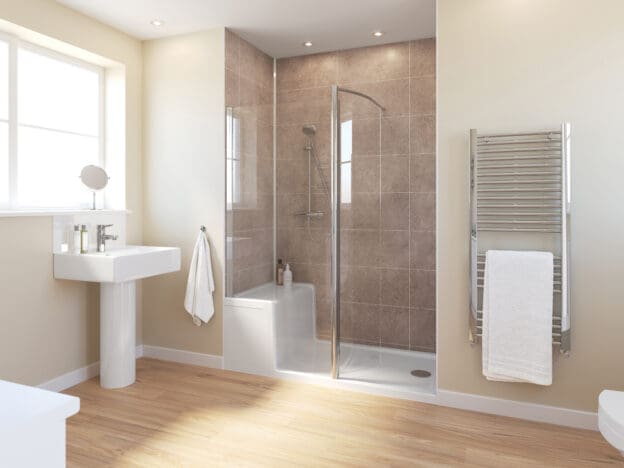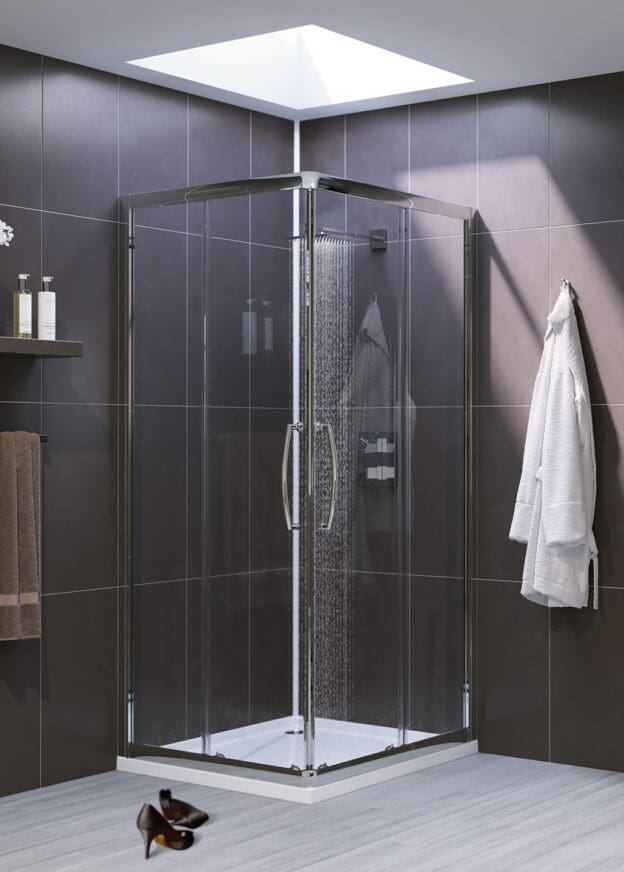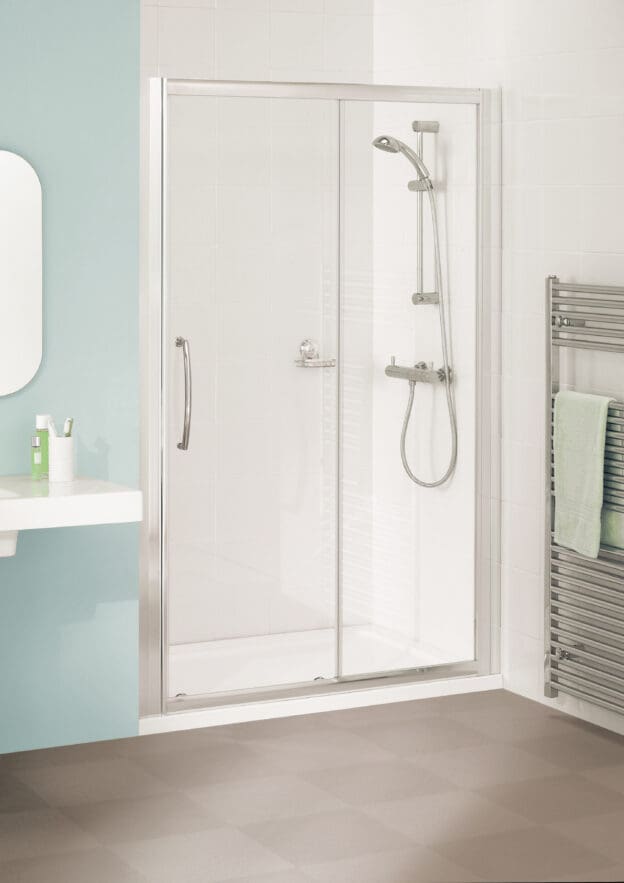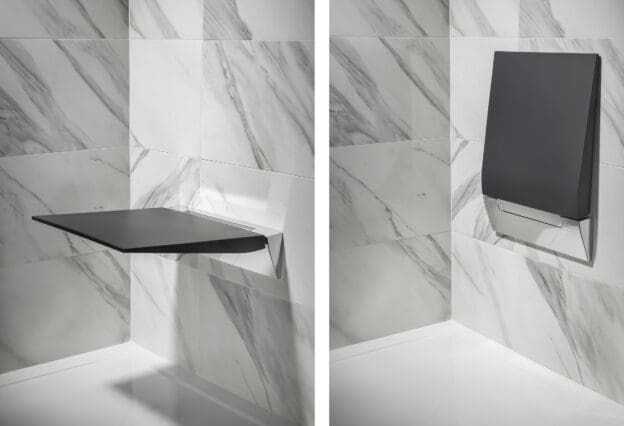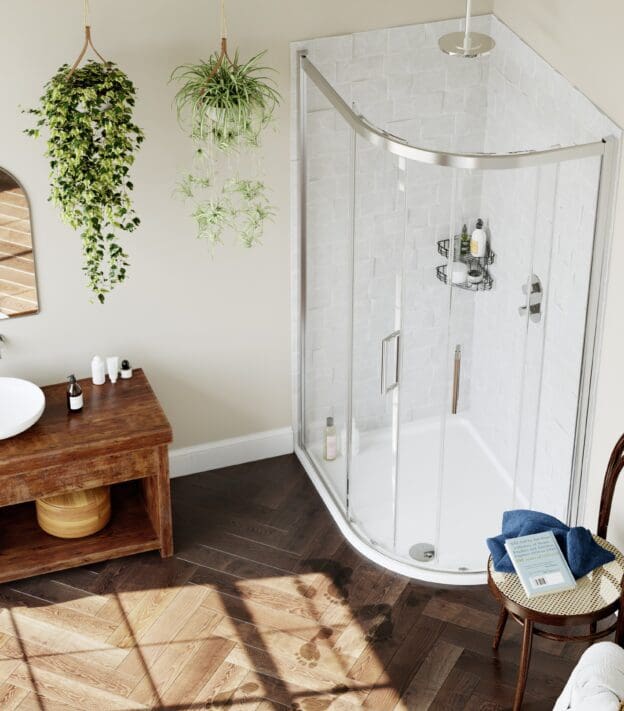It’s not a battle between online or offline
Company News, Industry Insights, Why Lakes? | 01/05/2019It’s not a battle between online or offline
The internet has changed how most of us buy and has influenced our expectations of service, but it’s not the greatest challenge for the bathroom and kitchen supply chain.
Whether we planned it or not, we’re all going on an omnichannel journey. Debates about online buying are often seen as a battle between buying cheap online or buying quality through a traditional outlet or showroom. That may be true of many consumer goods but it’s a misleading picture of big-ticket home improvement markets. It’s not a battle between cheap online or expensive bricks-and-mortar showrooms, it’s about combining them seamlessly to provide an effective omnichannel experience along the whole customer journey. Excitingly, it’s a journey where retailers have a distinct competitive advantage, if they choose to work closely with like-minded supplier partners.
We’ve all come across websites that seriously reduce prices to the point you wonder if they can be making a profit at all. Many consumers automatically research online for the best price, but then it varies by sector. With commodity products and products where we don’t need advice, we might buy online. However when it comes to big-ticket home improvement items it’s about the experience. Consumers may start with researching online, but then they will usually want to speak to an expert to give them the confidence to buy, and find a retailer nearby so they can go and see the product. This is particularly important.
Often the final step in buying higher-value items is about setting our mind at rest by touching the products, asking questions and listening to advice. A showroom gives retailers the chance to do that and show products as they need to be shown, which you can’t do with a website or brochure. That’s a huge competitive advantage, if you use it.
For example, a good display enables you to demonstrate the handles on the shower door are sturdy; that the doors close smoothly and quietly; and that the shower tray doesn’t dip or creak when you stand on it. Customers can also explore the different styles of showering spaces; and check they will fit and suit their bathroom space. You can only do these things effectively in a showroom where you can feel the quality of the product and check out the practical benefits too. Customers will then be ready to buy, in a way that’s convenient to them.
The challenge for brands and retailers is to make this a seamless end-to-end experience which is easy for homeowners. It’s important that customers, however they start their journey, get the same benefits, service and support. Most people use a mix of on and offline, and wherever they began most will buy offline, usually where they find great displays, can touch and see what they’re buying, and benefit from the knowledge and advice of experienced staff to put them at their ease.
The industry may obsess about it but consumers aren’t really thinking about – or interested in – the channel or mix. They’re focused on their journey and they want it to be as smooth and effortless as possible. If we can do that, homeowners will respond enthusiastically and tell their friends who will also try and buy.




